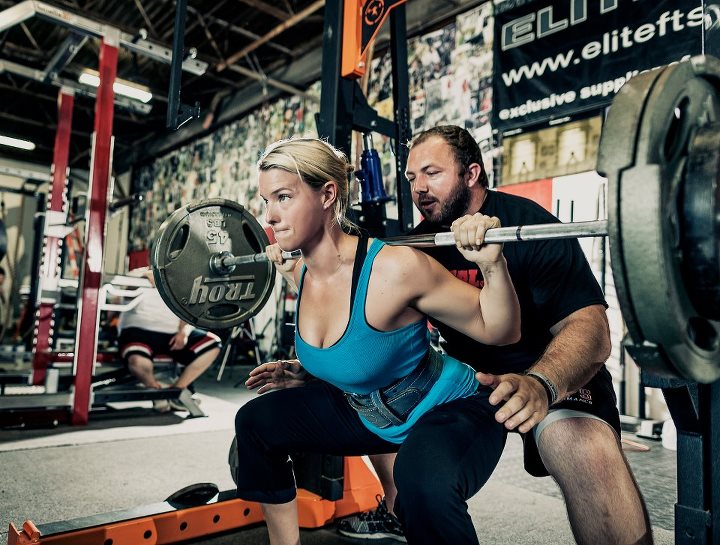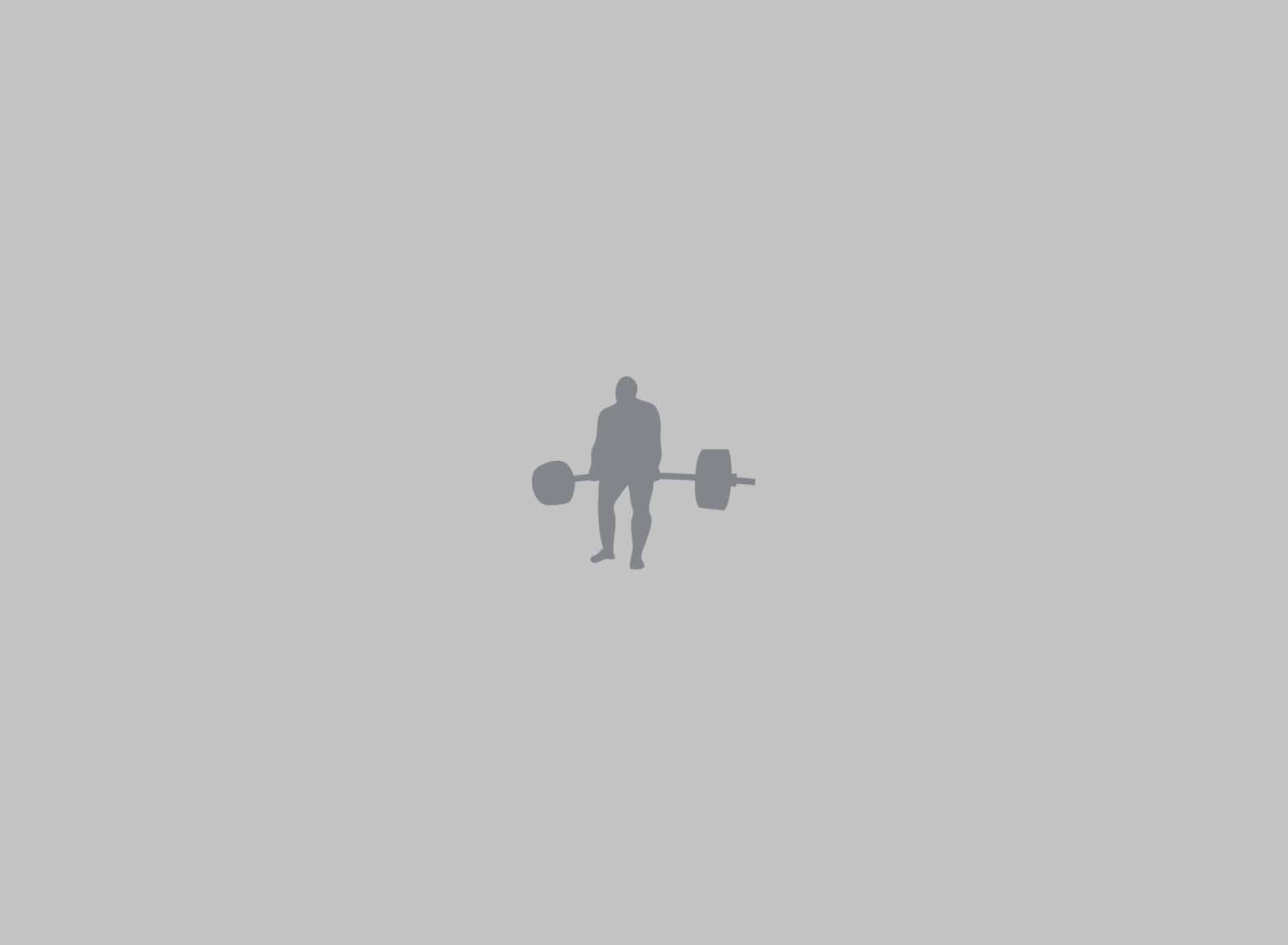Written by Molly Galbraith
If you’re reading this article on JTSstrength.com, I am going to pigeonhole you. Yes, pigeonhole you. And by pigeonhole you I mean I am going to stereotype the crap out of you (what did you think I meant by pigeonhole? Get your mind out of the gutter, my friend!)
Yes, that’s right. I am going to stereotype you and make some major assumptions about you. You ready for them? Here we go:
1. You are a physically impressive individual. Whether you enjoy powerlifting, olympic lifting, or crossfitting, I am willing to bet that you are way above average in whatever you choose to do.
2. You are smart and interested in getting better. If you’re reading this site, you have clearly waded through all the crap and BS on the internet, and found some of the best nutrition and training information in the world. Congratulations. This puts you in the top 1% of people in the world in terms of nutrition and training knowledge. Not kidding.
3. You are either: a trainer or coach, or if you aren’t, people are still consistently asking you to help them get in better shape (because based on assumption #1, you are a bad mutha-effer).
So, if you’re so impressive and so smart and help so many people, what could I possibly have to teach you that you don’t already know? Well, based on the assumptions above, you love lifting and you want all of your clients, friends, and family to love it too. So when they come to you for help and information, you probably have a tendency to throw them into something that you would like, or something that would work for you. This is a huge mistake. These people are coming to you because they trust your knowledge and expertise. You should want to get them incredible results, with the least amount of effort, and keep them very, very safe. If they get hurt, not only can they not get results, but you may have lost a client or seriously damaged a close relationship with a loved one. And you’re not alone.
I can’t count the number of times I have seen newbies (which is pretty much everyone for at least the first 3-5 years) be thrown into a program that was way too advanced for them when they don’t even move well to begin with. I mean come on! You don’t throw a freakin’ barbell on someone’s back and have them back squat the first time they step into a gym. (Unless you’re me, 5 years ago, when I made that mistake on a regular basis). That is seriously like trying to teach geometry to a Kindergartener.
So what do you do? Well, doesn’t it make sense to see what their bodyweight squat looks like first? And if they do that well, why don’t you load them up with a kettlebell in the goblet position and test that out? And if all goes well there, see how they front squat, and THEN maybe you can see how they back squat. At that point, they are comfortable with the squatting pattern, they can likely hit depth without any issues, and they are much less likely to get injured when they back squat. Keep in mind that progressing to the back squat will likely take several weeks, if not months. You should be focused on getting them super strong and comfortable with each exercise before progressing them. Remember, lifting is about months and years, not days and weeks. Take your time, and let them get comfortable and fall in love with lifting. After all, that’s what you want for your clients and loved ones, right?
And don’t worry about having them perform what may seem like “remedial” exercises. If they haven’t worked out regularly, I can guarantee that you can kick their butt and help them get better with some very simple movements. Let me also point out that typically, the best sort of program for someone like this a full-body program performed 2-3 days a week. As Chad Wesley Smith says, “For beginners, practice is KEY.” These people need to be performing these exercises often to ingrain the proper movement patterns. I promise, and I mean I PROMISE your 65-year-old mother doesn’t need a bi’s/tri’s/delts day. But she does still need to learn how to squat. And hinge. And push. And pull. And resist rotation. And get up and down off the ground.
So what do I suggest? I suggest starting your beginners off with a training program that will get them moving and feeling better, teach them the proper movement patterns, and progress them from there at your discretion. This is not about being a pansy. This is about starting them off right so they can get eventually (and safely) become a bad mutha-effer. JUST. LIKE. YOU.

Sample Training Program
Perform Workout A and Workout B in an alternating fashion. So if you work out on Monday and Friday, Workout A would be performed Monday, and Workout B on Friday. If you work out on Monday, Wednesday, Friday, you would perform A on Monday, B on Wednesday, and A on Friday, and the following week, it would be B on Monday, A on Wednesday, and B on Friday.
Workout A
-Foam Roll (5 minutes)
– Dynamic Warm-up (10 minutes)
– Workout:
A1) Bodyweight squat (free or to a box if they struggle to sit back into their hips) x 10
A2) Walk-out to push-up position hold x 6-10
A3) Band Pull-Apart x 10-12
Perform as a circuit with minimal rest between exercises and 1 minute rest between circuits. Perform circuit 2-4 times total based on ability level.
B1) Glute Bridge (can add a band around knees to teach them to “drive knees out”)
B2) Suitcase Carry x 20 yards each arm
B3) Medicine Ball Slam x 10-12
Perform as a circuit with minimal rest between exercises and 1 minute rest between circuits. Perform circuit 2-4 times total based on ability level.
C1) Cool Down as desired
Workout B
-Foam Roll (5 minutes)
– Dynamic Warm-up (10 minutes)
– Workout:
A1) Broomstick RDL or Pull-Through x 10
A2) Plank x 10 seconds x 3 sets
A3) Neutral Grip Pulldown x 10 reps (band/cable/lat pulldown machine)
Perform as a circuit with minimal rest between exercises and 1 minute rest between circuits. Perform circuit 2-4 times total based on ability level.
B1) Static Split Squat Hold x 10 seconds x 2 sets each leg
B2) Side Plank x 10 seconds x 3 sets
B3) Light to Moderate Prowler Push x 40 yards
Perform as a circuit with minimal rest between exercises and 1 minute rest between circuits. Perform circuit 2-4 times total based on ability level.
C1) Cool Down as desired
Keep in mind these exercises will only be challenging if performed correctly. Just about anyone can perform a crappy side plank for 60 seconds no problem. But they’re not getting better from it. They are getting better at compensating and using poor movement patterns. So make sure you are taking the time to learn exactly how these movements should be performed, and diligently watching and cueing your trainee. If you’re not sure what exactly the movements should look like, there are plenty of free resources out there that can help you.
That being said, I would be remiss not to mention my product that I have coming out today with my business partner Jim Laird and our colleague Mike Robertson, who is known as the best in the business when it comes to keeping people healthy as they get strong. It’s called Bootcamp in a Box and it’s a 200 page manual plus a DVD of 80+ exercises with the exact progressions and regressions we use with our clients for every major movement pattern (squat, hinge, push, pull, etc.) and how to perform and cue those exercises.
If you’re a trainer (even a trainer who doesn’t run a Bootcamp or Group Personal Training program) it’s a must. Jim and I have grown from renting space at a local gym to having our own 7,500 square foot facility in just over 2 years because we GET RESULTS and KEEP PEOPLE HEALTHY. If you do that, your clients will stick with you forever, and send everyone they know your way. The best part about the product is that it includes 6 months of done-for-you programming so you don’t have to think at all about what you will be doing with your clients for the next 6 months. Think about how much time that frees up to train more people and make more money! Heck, you might even be LOSING money by not buying this product. OK, OK, OK… so maybe I’ve hung around the internet marketing gurus for too long, but seriously. It’s the bomb. If you want to be a better trainer. Buy it. Kthxbai.
Pssst….Even if you’re not a trainer, you’re obviously interested in learning and getting better or you wouldn’t be reading this site. Pick up a copy and I guarantee you won’t regret it.

